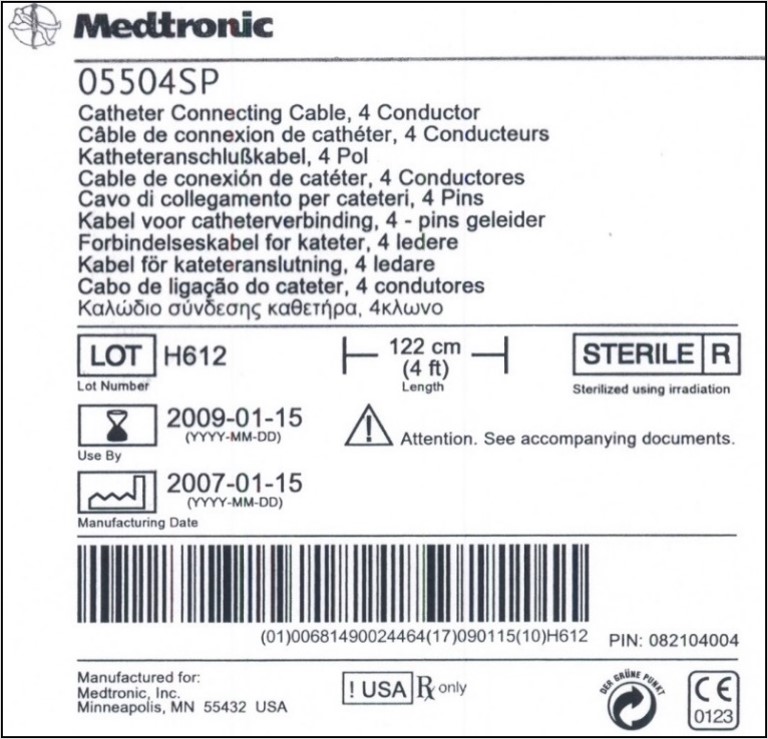In line with the EU Medical Device Regulation (MDR) and other Unique Device Identification (UDI) regulations, the UDI is made up of two parts: a Device Identifier (DI, or UDI-DI) and a Production Identifier (PI, or UDI-PI).
Production identification can be encoded in GS1 barcodes through the use of Application Identifiers (AI).
Application Identifiers (AI)
Application Identifiers (AI) are used to identify the different data attributes which can then be split into their individual components by the scanning software. You can spot AIs as the numbers that appear in brackets next to the barcode.
Below is a list of the most common identifiers used within the regulated healthcare industry:
| AI | Description | Data Format | ||
|---|---|---|---|---|
| 01 | Global Trade Item Number (GTIN) | 14 digits - numeric | ||
| 10 | Batch/Lot Number | 1-20 - alphanumeric | ||
| 11 | Production Date | 6 digits: YYMMDD | ||
| 17 | Expiration Date | 6 digits - YYMMDD | ||
| 21 | Serial Number | 1-20 - alphanumeric |
Application Identifiers have a set format. The GTIN and dates are fixed numerical lengths whereas the Serial Number, Batch/Lot and Version are variable and can include letters.
When entering AI, it’s important to know that fixed length fields such as the GTIN and dates, should ideally be captured before variable length fields.
Fixed length 14-digit field
When GTINs are used in a data carrier or other applications requiring a fixed-length data string of 14-digits, GTINs with fewer than 14-digits must be prefixed by one or more leading zeroes. Leading zeroes simply act as ‘filler’ characters and should always be placed before the GTIN starts.
Medtronic Label
Here is an example of the three most common Application Identifiers used for regulated healthcare products: the GTIN, the expiry date and the batch/lot number.
The barcode used here is a linear GS1-128 .

Date format
Although the date format in the barcode is always YYMMDD, this does not prevent manufacturers creating the data in other formats elsewhere on the label to meet local regulatory requirements. In this example, the date format is YYYY-MM-DD. This is a requirement for products applied in the US market. The EU, however, does not stipulate a particular date format.
Production identifier requirements can vary dependant on the regulation, type of product and risk class.
Please refer to the appropriate medical device regulations for applicable rules and any exemptions.